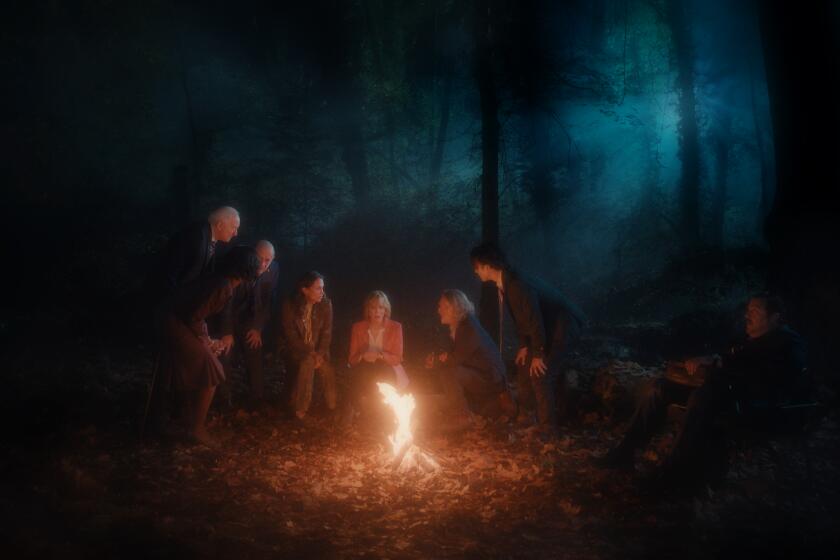Disney Points to Some Live-Action Duds on Katzenberg’s Watch
Walt Disney Co. lawyers on Wednesday started chipping away at Jeffrey Katzenberg’s claim that the company still owes him as much as $250 million as part of a profit-sharing bonus plan, asserting that his live-action movies were $231 million in the red when he left the company as studio chief in 1994.
But Katzenberg, in a tense exchange with Disney lawyer Lou Meisinger, asserted that the films were profitable by “hundreds of millions of dollars.”
Katzenberg’s claims that the live-action movies were profitable is in contrast with Disney’s claims, and the belief of many Hollywood executives, who have long assumed that it was hugely profitable animated films such as “The Lion King,” “Aladdin” and “Beauty and the Beast” that delivered the profit for Katzenberg while he was at Disney.
Katzenberg did score several major live-action hits, including “Good Morning, Vietnam” and “Sister Act,” but there were also a number of duds, including “Cabin Boy” and “Billy Bathgate.”
But Katzenberg argued Wednesday that the loss figure cited by Meisinger is misleading because films typically generate profits later in their life cycles.
“I’ve been in the movie business 25 years. I think I have a good deal of knowledge about that,” Katzenberg said. He acknowledged under questioning from Meisinger that he has not seen any documents from Disney to support his claims, but said “I know that to be a fact.”
The exchange came during the second day of cross-examination. Disney and Katzenberg previously reached a partial settlement of his lawsuit. This phase, being heard by a retired Superior Court judge acting as a referee, will determine how much he is owed.
Disney is stressing the live-action losses as part of a strategy to limit what Katzenberg gets.
Disney’s strategy also appears aimed at two other major areas: showing that Katzenberg is not a “hapless victim” and was well-advised by lawyers and accountants when it came to his contract dealings with Disney. And that his contract narrowly defined eligible profit.
As part of his Disney compensation, Katzenberg, now a partner in DreamWorks SKG, negotiated a special bonus of 2% of the profit generated by the films and TV shows put into production while he was at the studio. As part of the deal, Katzenberg said, he should have received a special lump-sum payment after leaving Disney based on an estimate of the profit the films and TV shows would generate “in perpetuity,” a payment likened to “an annuity for my children.”
Disney contends that he does not deserve that bonus because he chose to exercise an option to leave the company in 1994, two years before Disney Chairman Michael D. Eisner had wanted him to leave under his contract.
Memos and letters introduced at the trial show that Katzenberg at various points during his tenure at Disney was highly concerned about preserving that bonus, and suggested to one of his lawyers back in 1988 that the issue could end up in litigation.
In 1988, Disney sought to offer an alternative compensation plan eliminating the bonus, which Katzenberg rejected. Katzenberg also became upset in 1993 when a Disney lawyer asserted that Katzenberg could forfeit his bonus if he left early, and also when late Disney President Frank G. Wells told him that Eisner had not wanted him to receive anything if he opted out of his contract early.
Katzenberg’s lawyers also claim that Disney had a top-secret “Project Snowball” to deny Katzenberg his bonus. But Meisinger said that term was coined by a mid-level accountant assigned to tally Katzenberg’s bonus and referred to her expectation that her workload would snowball.
More to Read
The biggest entertainment stories
Get our big stories about Hollywood, film, television, music, arts, culture and more right in your inbox as soon as they publish.
You may occasionally receive promotional content from the Los Angeles Times.










